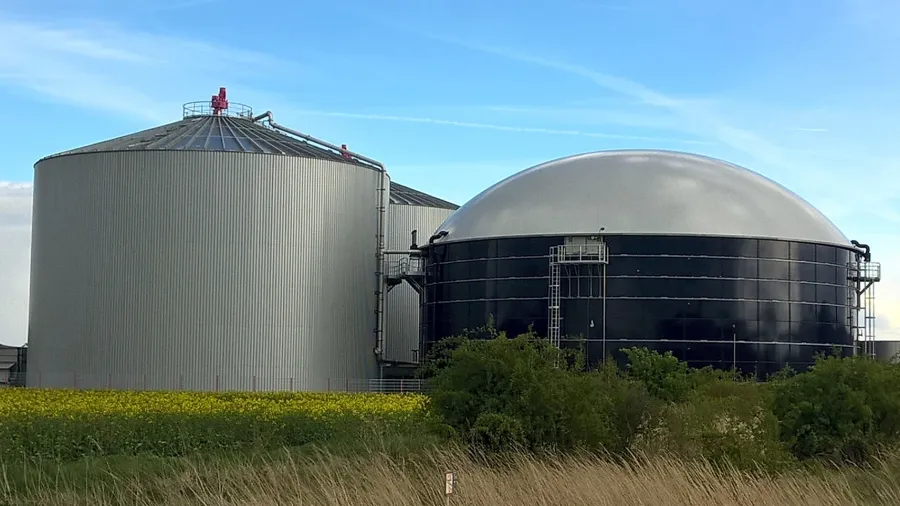
India could save $29b through shift to biogas
A greater leverage of biogas in the region can save $29b in import bills.
India can invest more in the transition from liquefied natural gas (LNG) to biogas energy as a cost-saving measure, reducing around $29b from import bills from from fiscal year 2025 to 2030.
According to a report by the Institute of Energy Economics and Financial Analysis (IEEFA), a cut from LNG will also give leeway for other solution-based policies to handle India’s waste management, reduction of greenhouse gases, and reliance on renewable energy.
ALSO READ: Indian solar PV exports to keep rising but will decline by 2027
“By undertaking the right production processes and plugging methane leakages in the production, upgradation and supply stages, biogas can offer India a cleaner alternative to its dependence on imported natural gas,” Purva Jain, Energy Analyst of IEEFA, said.
However, such solutions will be attainable when the switch from compressed natural gas (CNG) to compressed biogas (CBG), as well as biomethane, cumulatively hits 20%.
Currently, with the Indian government promoting biogas and placing a mandate on natural gas marketing companies for 5% CBG appropriation, it will give a boost to the biogas market.
However, the market will require a formulation of policies and funding, and a shift in the market ecosystem to reach prominence in India’s energy sector.


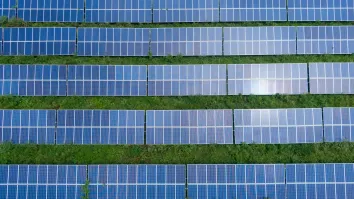
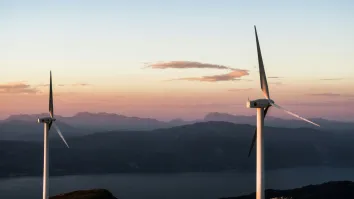

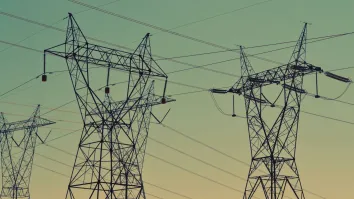




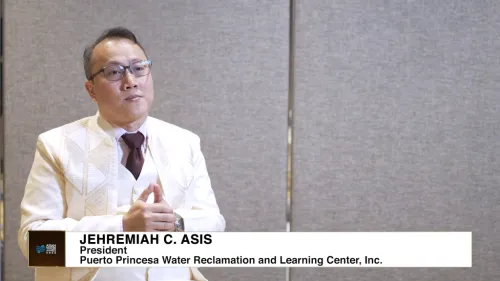








 Advertise
Advertise






